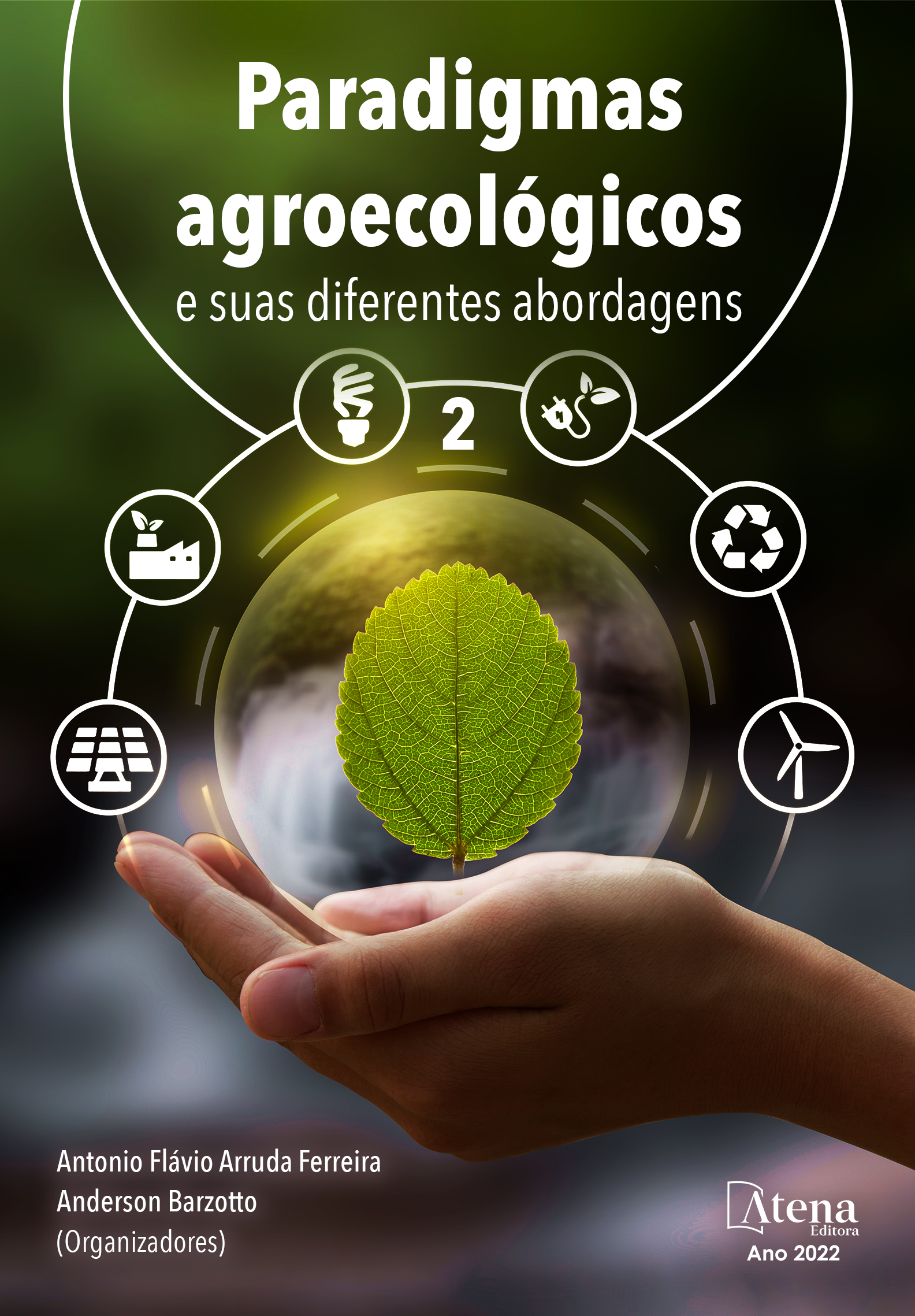
BIODIVERSIDADE NO CERRADO BRASILEIRO, AGROECOLOGIA E CONSCIÊNCIA
O cerrado brasileiro é um tipo de bioma caracterizado por árvores baixas, gramíneas e arbustos. É o segundo maior bioma da América do Sul e um dos biomas mais produtivos do Brasil. Como tem uma grande localização apresenta mudanças no seu ecossistema. O cerrado abriga uma enorme biodiversidade, sendo um valioso recurso para toda a humanidade. Perder essa biodiversidade pode gerar impactos em processos ecológicos dependentes e não somente no fragmento afetado. Com isso o objetivo do presente texto é conscientizar sobre a biodiversidade do cerrado brasileiro frente a agroecologia. Planejar a expansão da agricultura no bioma cerrado se faz através do uso sustentável e pensando na preservação dos recursos naturais através de melhorias em infraestruturas, logística, investimento em pesquisa, inovação e crédito agrícola. A agroecologia se coloca em contrapartida ao modelo convencional e de monocultura muito desenvolvido atualmente. Neste sentido a agroecologia tenta efetivar o homem no campo, privilegiando a agricultura familiar através de incentivo à produção de alimentos internos. Faz-se necessário mudanças nas práticas agrícolas atuais, fazendo conversão da produção agropecuária de um sistema convencional para um sistema de base mais ecológico. E a agroecologia passa lentamente a ganhar respeitabilidade através de resultados positivos de diferentes linhas de pesquisa que dão suporte a esse reconhecimento.
BIODIVERSIDADE NO CERRADO BRASILEIRO, AGROECOLOGIA E CONSCIÊNCIA
-
DOI: 10.22533/at.ed.7982222074
-
Palavras-chave: Bioma, ecossistema, biodiversidade, agricultura.
-
Keywords: biome, ecosystem, biodiversity, agriculture.
-
Abstract:
The Brazilian Cerrado is a type of biome characterized by low trees, grasses and shrubs. It is the second largest biome in South America and one of the most productive biomes in Brazil. As it has a great location, it presents changes in its ecosystem. The cerrado is home to an enormous biodiversity, being a valuable resource for all humanity. Losing this biodiversity can generate impacts on dependent ecological processes and not only on the affected fragment. With this, the objective of this text is to raise awareness about the biodiversity of the Brazilian cerrado in relation to agroecology. Planning the expansion of agriculture in the cerrado biome is done through sustainable use and thinking about the preservation of natural resources through improvements in infrastructure, logistics, investment in research, innovation and agricultural credit. Agroecology stands in contrast to the conventional and monoculture model that is currently very developed. In this sense, agroecology tries to make the man in the countryside effective, privileging family farming by encouraging the production of domestic food. It is necessary to change current agricultural practices, converting agricultural production from a conventional system to a more ecological base system. And agroecology slowly starts to gain respectability through positive results from different lines of research that support this recognition.
-
Número de páginas: 10
- Naiéle Sartori Patias
- Jaqueline Trindade
- Rayleen Whaiti Lopes da Silva
- Anderson Barzotto
- Antonio Flávio Arruda Ferreira


